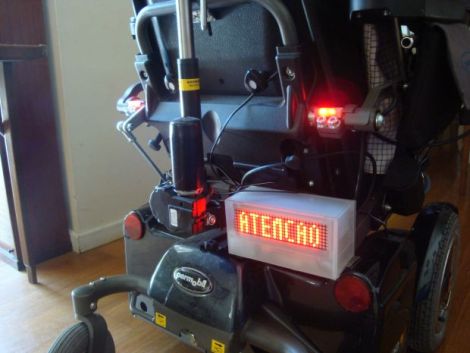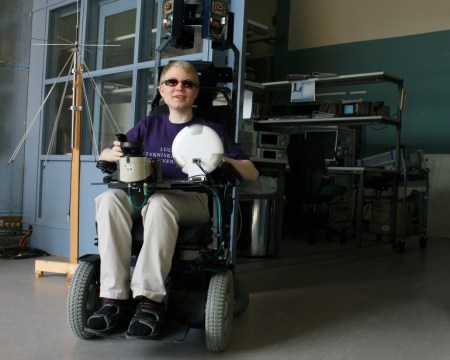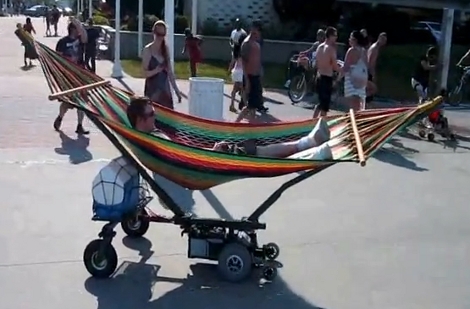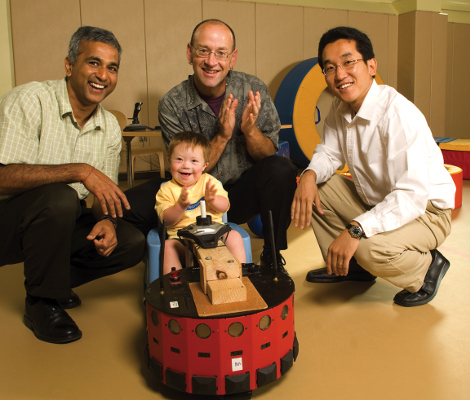
When traveling around the city or even rural areas in a wheelchair, we imagine it can be pretty easy to get overlooked. [Rui] was asked to add some lights and sounds to an electric wheelchair in order to ensure that its rider remained visible to those around him.
The system uses several different components to ensure that the driver can be seen. The first is a message board strapped to the back of the chair which was constructed from a pre-made 8×32 LED matrix enclosed in an acrylic project box. The board uses a PIC16F88 to store and display messages, which are triggered by a control board mounted near the chair’s joystick. He also added headlights and taillights, using bright white and red LEDs, respectively. A 107dB horn was mounted on the chair to ensure that if the driver is not seen, he will certainly be heard.
Everything looks like it fits nicely, without hindering the operation or looks of the chair. Check out the video below to see his high-visibility system in action.
Continue reading “Making Wheelchairs More Safe Through High Visibility”
















